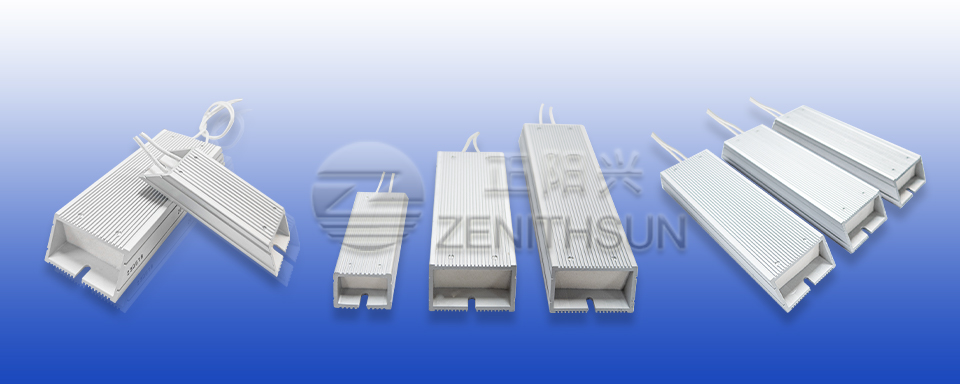In recent years, with the widespread application of crane equipment, braking resistor technology has played an increasingly important role in the crane industry, providing crucial support for the safe operation and efficient performance of cranes.
As an important control component, braking resistors can play a key role in the operation of cranes. Their main function is to dissipate the excess kinetic energy generated during the movement of the crane’s hook, thereby achieving smooth braking and control of the crane. By selecting and configuring braking resistors properly, the crane can be ensured to come to a safe and reliable stop and be controlled under various operating conditions, thus avoiding accidents and ensuring the safety of personnel and equipment.Additionally, braking resistors can effectively reduce the heat and energy loss generated during the braking process of crane equipment, improving the overall system’s energy efficiency performance and reducing energy consumption, thereby meeting the requirements of energy conservation and emission reduction.
In order to meet the needs of different types and sizes of crane equipment, braking resistor technology has been continuously innovated and improved in recent years. The application of new high-performance resistor materials, advanced heat dissipation techniques, and intelligent control systems has provided more comprehensive guarantees for the safety, stability, and efficiency of crane equipment.
With the continuous development and improvement of braking resistor technology, crane equipment will be better able to adapt to complex and changing work environments, improve efficiency and safety, and provide more reliable support for industrial development and social construction.








